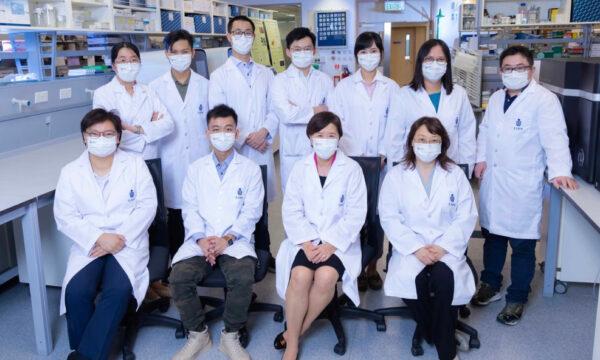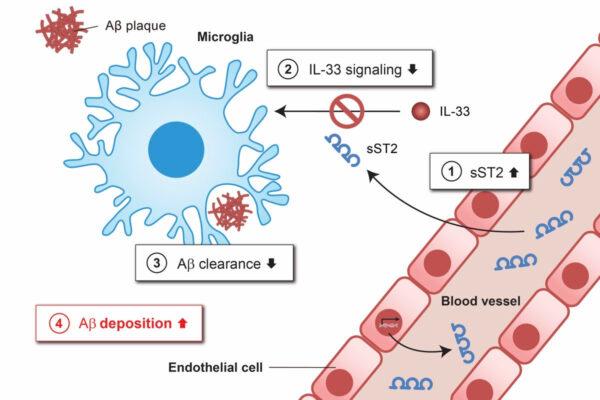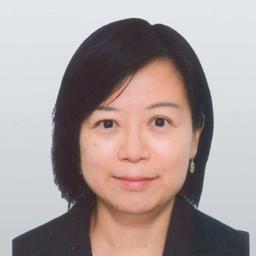The Hong Kong University of Science and Technology (HKUST) discovered a key plasma protein, which plays an important role to incur Alzheimer’s disease (Alzheimer’s), hence, a new treatment strategy can be formulated accordingly so as to reduce morbidity and improve the current conditions of patients with Alzheimer.
Alzheimer’s is a common mental deteriorating disease due to aging. The disease is irreversible and cannot be cured by any currently known medical treatment. A population of 50 million people worldwide is suffering from Alzheimer’s.

An international study team led by Prof. Nancy Ip, Director of the Hong Kong Center for Neurodegenerative Diseases and The Morningside Professor of Life Science at HKUST recently found that soluble plasma protein called ST2 (sST2) is a key factor in determining the amount of Aβ that exists in the body. Upon aging, protein sST2 increases in the blood and the brain, which inhibits the action of a cytokine called interleukin33 (Il33).
The role of Il33 is to facilitate the function of microglia to eradicate the Aβ. Inhibition of Il33 means hindrance to the process of removing Aβ, which eventually accumulates inside the brain. Decreasing the amount of sST2 in the blood can therefore help with protection against Alzheimer’s or alleviation of an existing condition.

The study team also found that the blood level of sST2 is genetically based. Those carrying a mutant gene, rs1921622, have a relatively low level of sST2 in the blood and brain while aging. Thereby, their odds of getting Alzheimer’s are low. In contrast, those bearing the mutant genes, APOE4, particularly women, have a higher risk of suffering from Alzheimer’s, with morbidity of 25 percent to 50 percent. Once they get the disease, the conditions become relatively worse and severe.
To conclude, lowering the blood level of sST2 might be a medical treatment for Alzheimer’s, which spurs an insight into the treatment strategy. The future treatment is comparatively simple and safe as it focuses on the blood rather than the brain. The study offers hope for those with high-risk factors like APOE women.
The study has recently been published in a worldwide prestige scientific journal called Nature Aging. It is also a hot topic on Alzforum and other academic media platforms concerning Alzheimer’s.





Friends Read Free